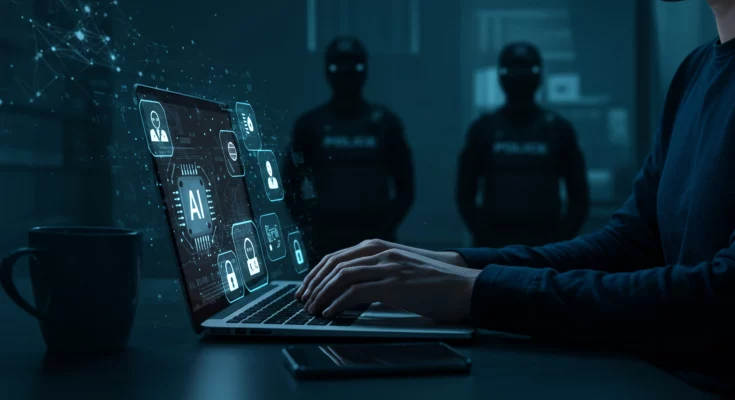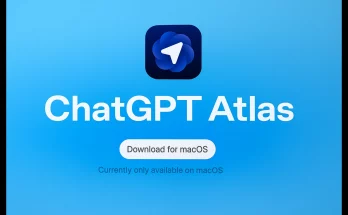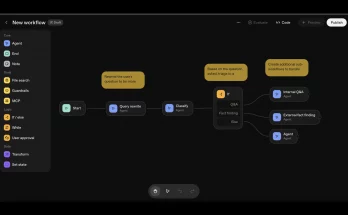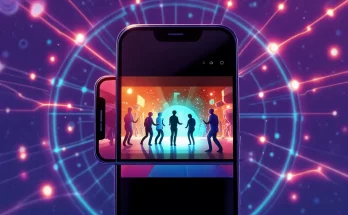Think twice before typing! It’s essential to understand the implications of our conversations with AI platforms like ChatGPT, especially when it comes to discussions about safety and security. OpenAI has made it clear that messages shared within ChatGPT could, in certain situations, land in the hands of law enforcement.
OpenAI’s Stance on User Conversations
OpenAI acknowledges that discussions involving threats to others might be reviewed by human moderators and, if necessary, referred to law enforcement. This was emphasized in a recent blog post detailing how the company handles sensitive interactions that carry potential safety risks.
Safety Protocols in ChatGPT
The company’s measures are designed specifically to safeguard users while addressing the following:
- Handling of self-harm vs. harm to others.
- Immediate intervention in cases of potential threats.
- Privacy considerations for users discussing suicidal thoughts.
Self-harm vs. Harm to Others
OpenAI highlights its commitment to providing empathetic support to users. In cases of suicidal intent, ChatGPT directs users to professional resources, such as the 988 hotline in the US or Samaritans in the UK. This practice ensures that users seeking help receive appropriate guidance without triggering law enforcement, thereby prioritizing their privacy.
On the other hand, when users express a desire to harm someone else, ChatGPT conversations are escalated to a specialized review pipeline. Human moderators trained in OpenAI’s usage policies assess these interactions. If moderators deem there to be an imminent threat, appropriate authorities may be contacted.
Challenges with Long Conversations
Despite these robust safety measures, OpenAI has acknowledged a potential weakness in handling longer conversations. The reliability of safety protocols diminishes in extended interactions. As a result, there is a concern that this could lead to responses that may conflict with safety guidelines.
Enhancing Safety Features
In response to this challenge, OpenAI is taking steps to bolster these protective measures. The company is working diligently to ensure that consistency is maintained across multiple interactions and to close any gaps that might increase user risk.
- Intervention for risky behaviors: OpenAI is strategizing ways to intervene earlier in the event of other risky activities, such as:
- Extreme sleep deprivation.
- Unsafe stunts.
- Parental controls for teens: OpenAI is in the process of developing features aimed at protecting younger users.
- Connecting users with support: Efforts are underway to connect users with trusted contacts or licensed therapists before situations escalate.
The Reality of Privacy with AI Conversations
OpenAI’s recent blog post emphasizes a crucial point: conversations on ChatGPT may not be entirely private in certain situations. Users must stay informed that if their messages suggest potential danger to others, they could be reviewed by trained moderators.
In the most severe cases, this could lead to real-world interventions, including police involvement. Therefore, users should proceed with caution when engaging in potentially sensitive discussions on AI platforms.
In conclusion, while ChatGPT can be a helpful resource for many, users should be acutely aware of the potential consequences of their online discussions. Understanding the balance between seeking help and ensuring safety can not only protect individuals but also enhance the overall user experience on AI platforms.



